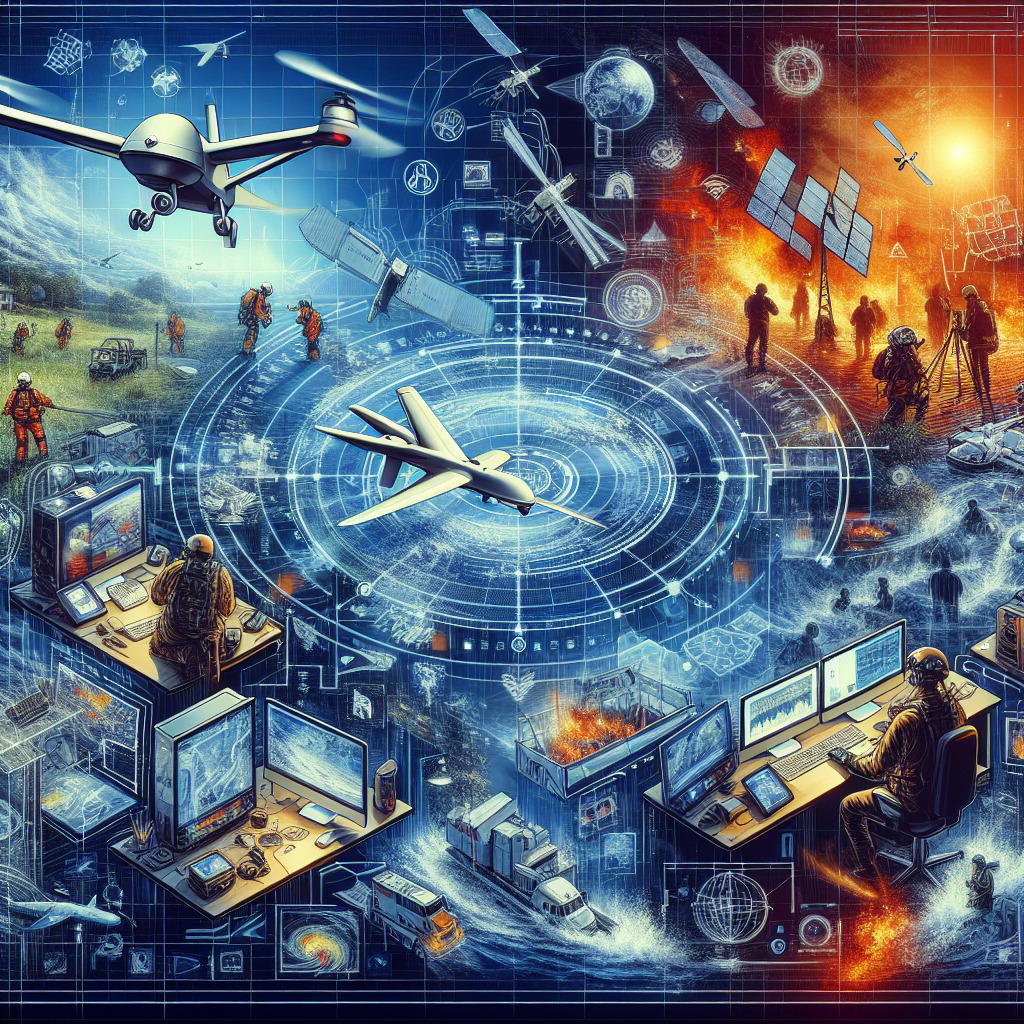The Role of Remote Monitoring in Disaster Response
In recent years, the frequency and severity of natural disasters have been increasing, posing a significant challenge to disaster response teams. With limited resources and manpower, it has become crucial for organizations to utilize technology to enhance their response efforts. One such technology that has proven to be invaluable in disaster response is remote monitoring.
Remote monitoring involves the use of sensors, cameras, and other monitoring devices to gather real-time data from disaster-affected areas. This data can be used to assess the extent of damage, track the movement of people and resources, and make informed decisions about where to allocate resources.
One of the key benefits of remote monitoring in disaster response is its ability to provide situational awareness to responders. By having access to real-time data, responders can quickly assess the situation on the ground and make informed decisions about how to best allocate resources. This can help to streamline response efforts and ensure that resources are used efficiently.
Remote monitoring can also help to improve the safety of responders. By using sensors and cameras to gather data from disaster-affected areas, responders can assess risks and hazards before entering a dangerous area. This can help to prevent accidents and injuries, ensuring that responders can effectively carry out their duties.
In addition, remote monitoring can help to improve communication and coordination among response teams. By sharing real-time data and information, teams can work together more effectively to address the needs of disaster-affected communities. This can help to streamline response efforts and ensure that resources are used efficiently.
Furthermore, remote monitoring can also help to improve the overall effectiveness of disaster response efforts. By providing valuable data and insights, remote monitoring can help to identify gaps in response efforts and make adjustments as needed. This can help to ensure that response efforts are targeted and effective, ultimately leading to better outcomes for disaster-affected communities.
Overall, remote monitoring plays a crucial role in disaster response efforts. By providing real-time data, enhancing situational awareness, improving safety, and facilitating communication among response teams, remote monitoring can help to streamline response efforts and ensure that resources are used efficiently. As natural disasters continue to pose a threat to communities around the world, the importance of remote monitoring in disaster response cannot be overstated.


